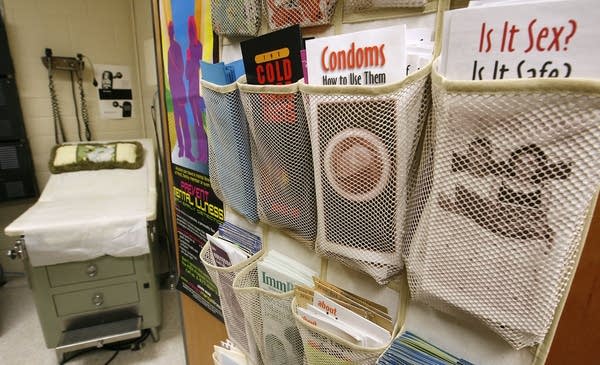Report: Minnesota teen pregnancy at all-time low as STD rates continue to climb

Pamphlets line the door to the health clinic at a middle school in Maine in April 2012.
Cheryl Senter | AP
Go Deeper.
Create an account or log in to save stories.
Like this?
Thanks for liking this story! We have added it to a list of your favorite stories.


